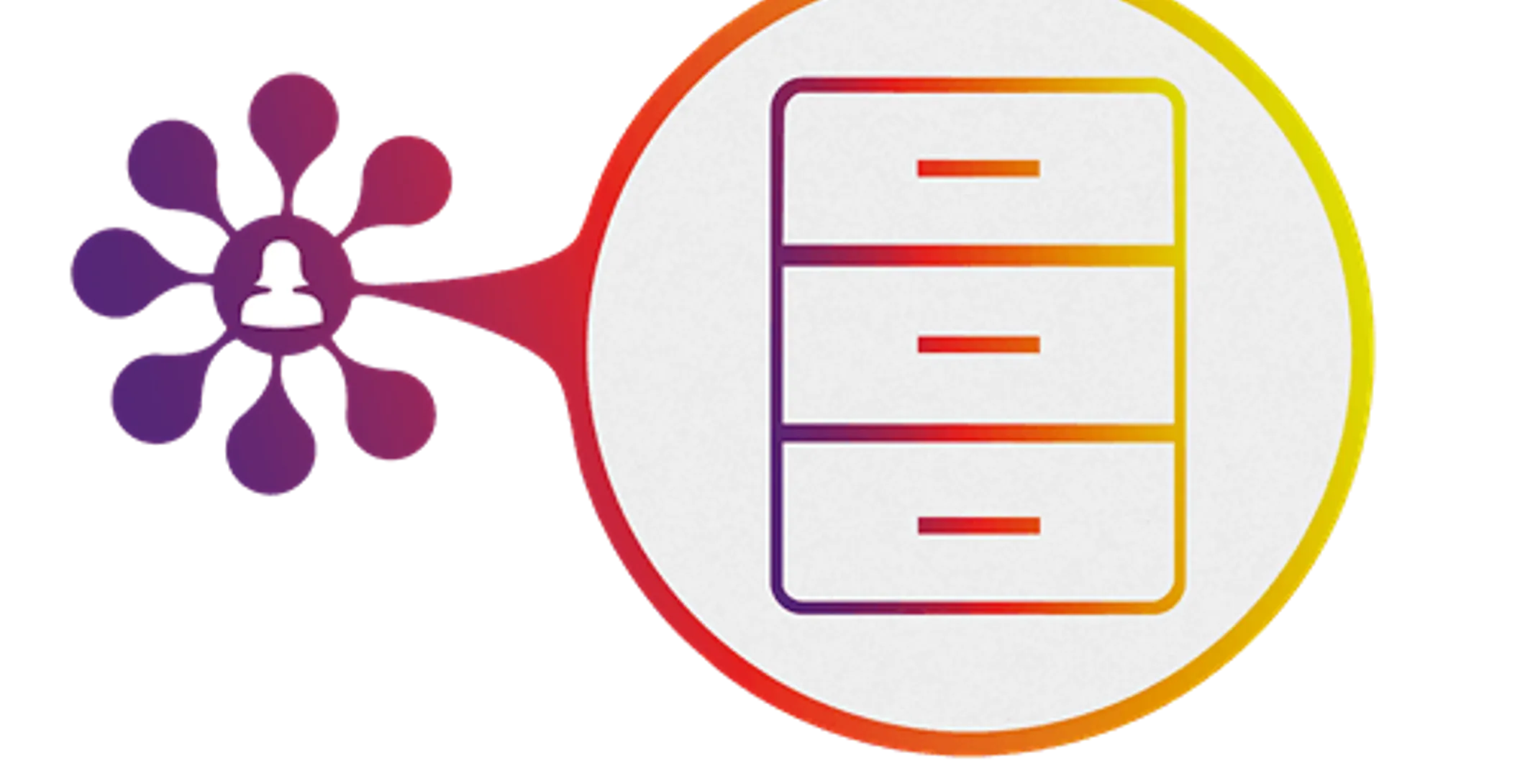Data management is one of the most delicate issues for companies in general, let alone during complex business processes such as mergers and acquisitions or as a result of sudden growth. Managing a company’s data in an efficient way is key to all aspects of both internal and external organization, as well as making sure the same data is used effectively across all departments.
To do that, you will need to employ a Product Information Management (PIM) software which works wonders in terms of managing and distributing data in real time. Basically, a PIM tracks all the data related to your products, services, lines of products or anything you have in your inventory and distributes this important info to platforms such as your website or websites, ERP systems, data feeds. The main benefits of such software are major to both small and large scale organizations, in particular:
1. Customer satisfaction as a result of a fast, efficient and reliable service
2. Overview and management of all the company’s activities and operations in one single place
So how does this happen exactly? PIM enables the customer to view the latest information such as pricing and availability of products while, at the same time, preventing customer dissatisfaction due to poor customer service. With PIM you can manage simultaneously and effectively marketing information including product descriptions and labels, user generated data such as comments or ratings, technical data related to products, prices and fees, delivery and shipping information.
Why use PIM system integration if you're in eCommerce

If you are still at loss when it comes to the real power of PIM and its employment in eCommerce, we rounded up to 5 key reasons to implement PIM with your website and manage your business to a whole new level of professionalism.
1. A PIM system enables you to easily understand the best way to classify your products and the attributes needed, as well as the data sources and how they influence the shopping experience, the key principles of website navigation, the most effective level of information quality.
2. With PIM system integration your data is enriched and comprehensive. You will also avoid manual forms filling and bad quality product pages.
3. You will be able to easily connect new channels to your eCommerce website (for example a mobile application) without having to customize to match the new channel requirements.
4. Search engines rank your product pages depending on the quality of provided information. With PIM you will always have real time product page information and all the needed data in place for search engines to crawl it and index your pages higher in search results.
5. The sooner you implement a PIM system to your website, the less the cost of such integration which will be needed at some point if you plan to grow your business. As your business grows in time it will be more costly to integrate a PIM system. Also, considering that time is indeed money when it comes to maintaining your webstore as efficient as possible, a PIM system optimizes efficiency letting you deal with other aspects of your business such as market strategy and finding new opportunities to grow your revenue.
When is the time right time to implement a PIM system?

If you're a small eCommerce business owner you obviously won't have much data to deal with; you will be able to use and employ the data without resorting to complex softwares or website integrations. However, as your business grows you may want to think about organizing and employing data in a smarter and automatized way as soon as possible in order to drive growth further. Also, eCommerce owners with complex product catalogs and mid to large scale companies will gain immediate benefits in terms of customer service, market targeting, SEO, website optimization, while managing data from one single place.




